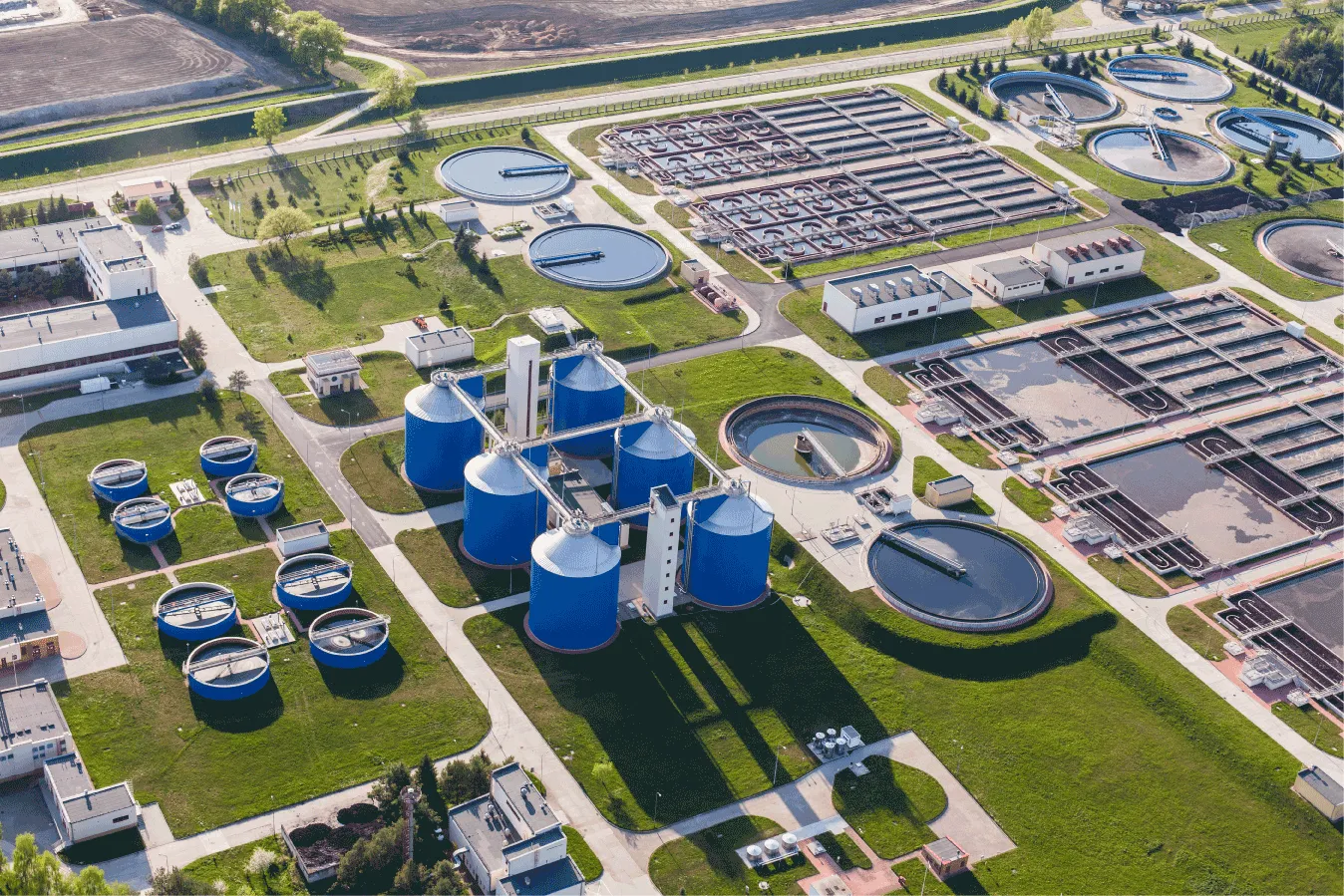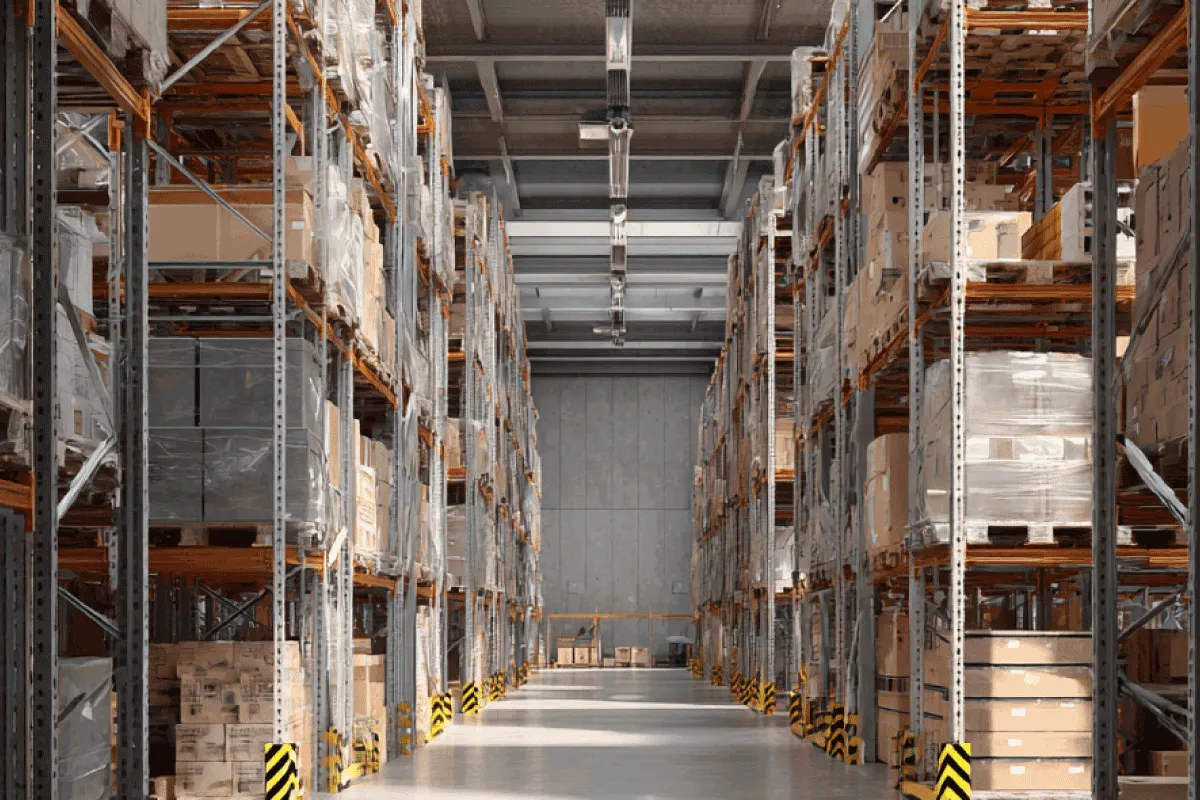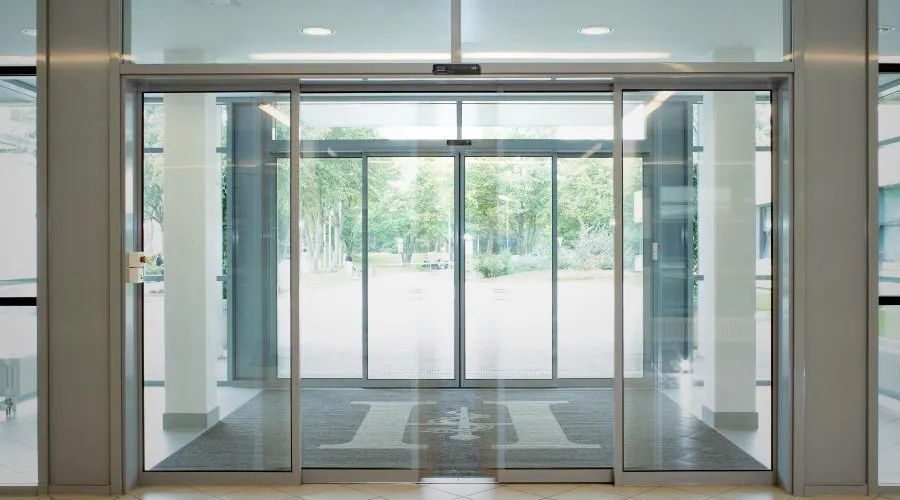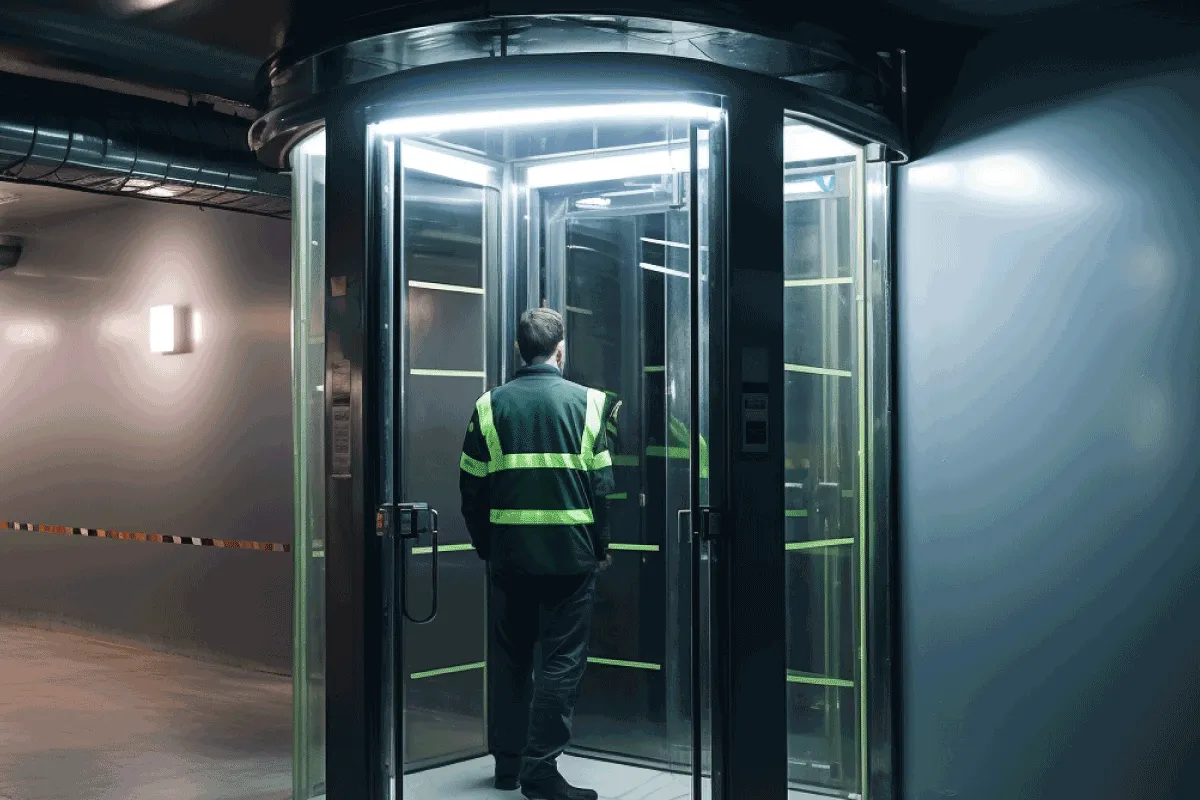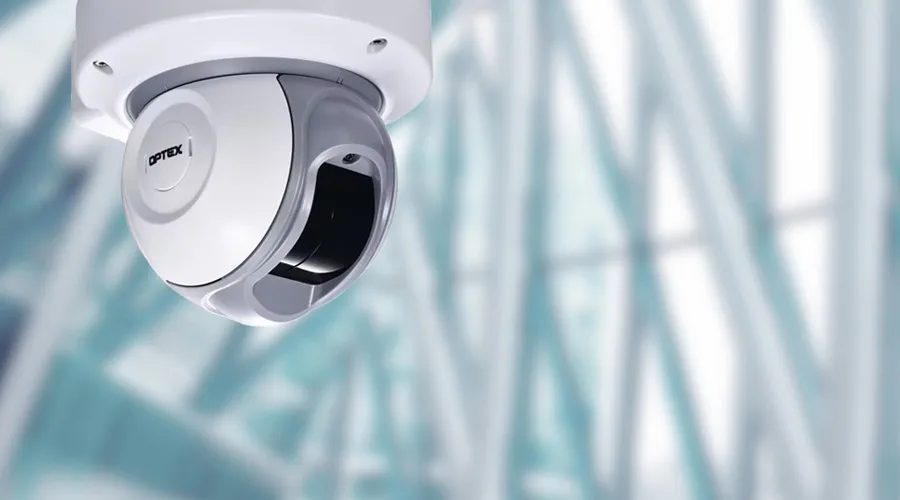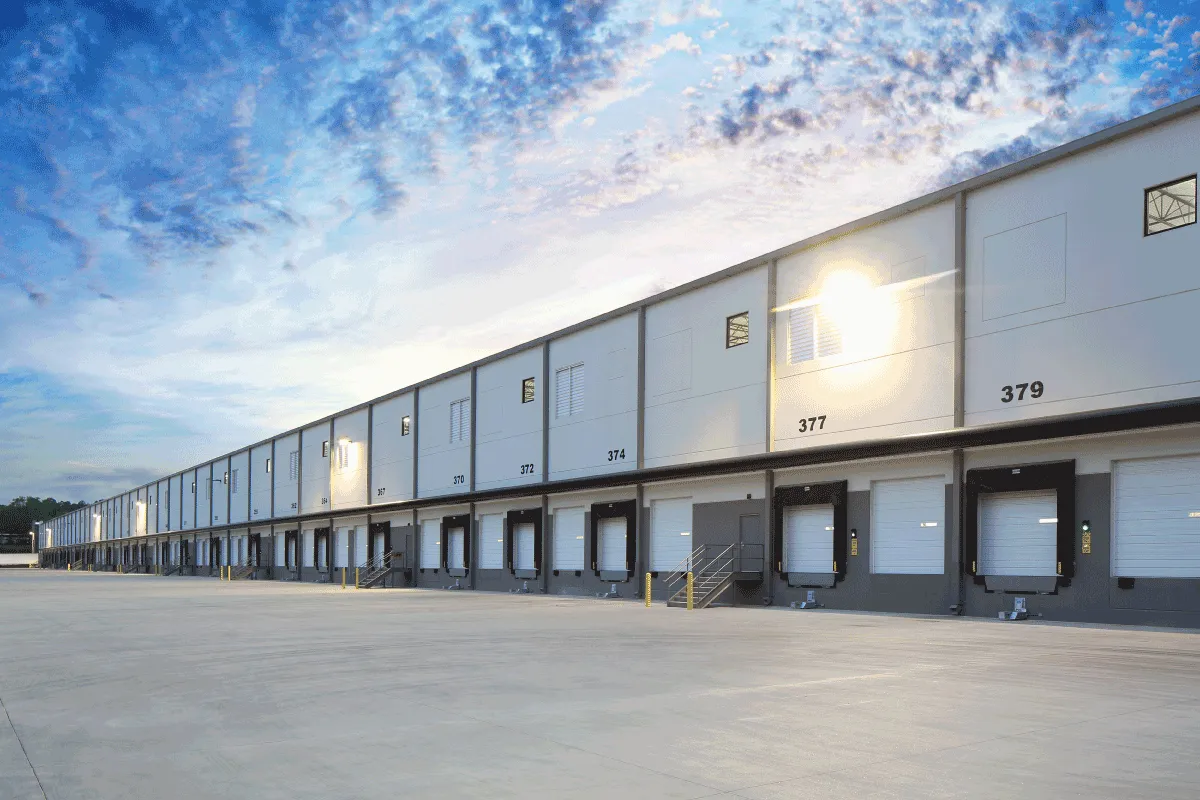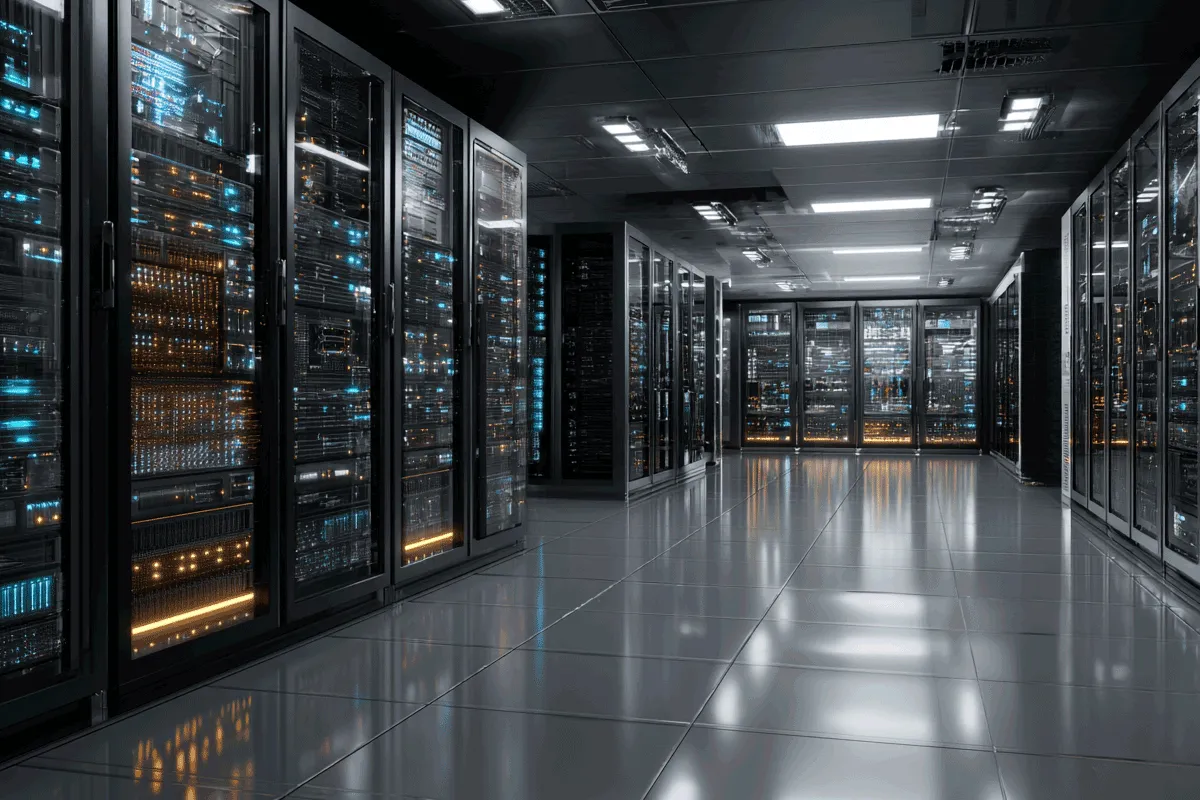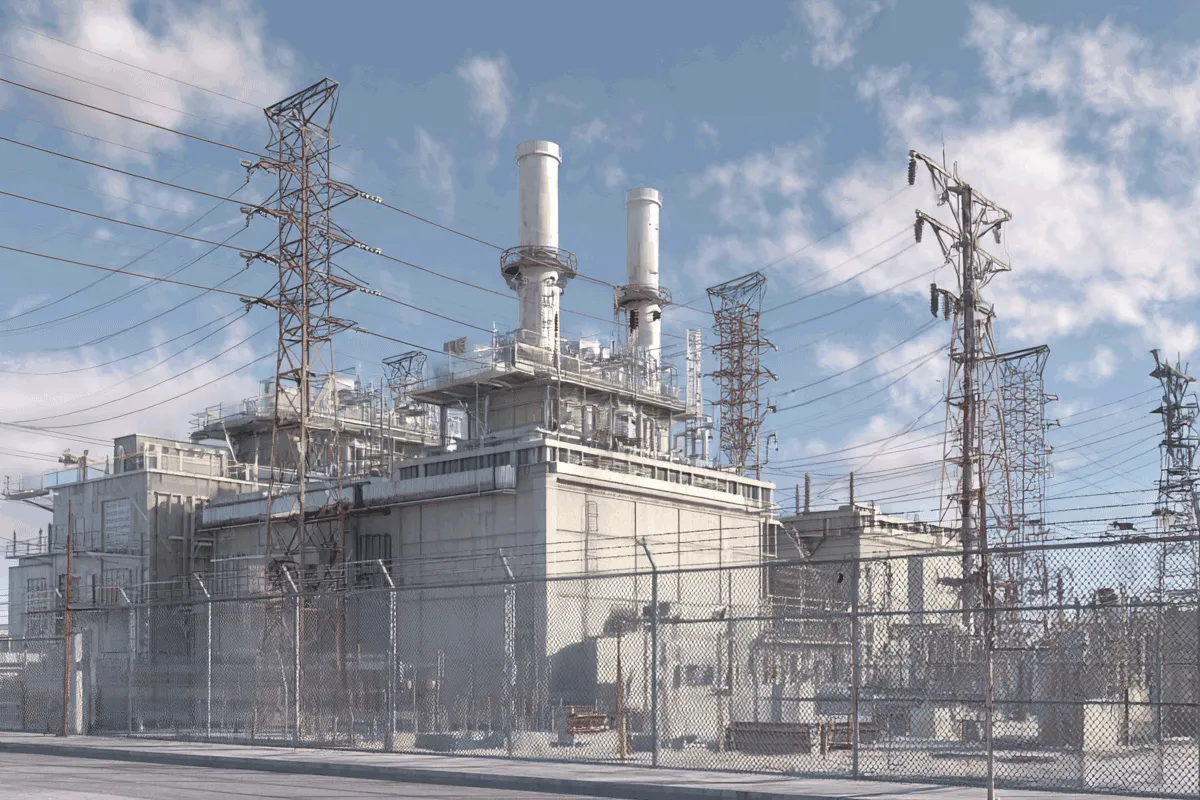Related Solutions
Related Product Series
Related Product
Industrial automation is no laughing matter, and employees are well aware of its benefits. Studies have even shown that 80% of those working for a company think that automation will improve their productivity. You may now find yourself asking, "what is industrial automation?"
Lucky for you, this article will help you understand automation. Below we will explain what it is in the industrial sector, how to take advantage of it, as well as examples of products that can help you with automation. So read on and learn what you are missing out on.
What Is Industrial Automation?
Humans indeed have many flaws when it comes to the perfect assembly line. People make mistakes, they tire, and they cannot work twenty-four hours per day. Automation changes all that.
You can bring in systems that can take over from humans on the shop floor, such as robots or computer programs. These will get many tasks completed that were once completed by employees. These robots will do it at many times the speed and make far fewer mistakes.
As automation improves, it can even respond to variable inputs. Many automated systems can respond dynamically to changing inputs and different sensory data. As the Internet of Things becomes more widespread, the ability for automated systems to do this is only becoming more and more common.
What Is the Advantage of Industrial Automation?
If you decide to invest in industrial automation, you will find that it imbues you with several benefits to your processes. Such as:
Better Quality Work
When humans used to build motor vehicles, it was often found that they would install one part of the process wrong every hundred tries. Whereas, automated systems do not get distracted or tired. Nor do they make mistakes.
Compared to human fallibility, robotic automated machines make errors only one time in every one million. Any mistakes made during this process are far more likely to be due to human intervention in the automated system.
Faster Time to Market
Because a production process can speed up when it automates, you will find that your products roll off the end of the conveyor belt that much faster. You will get your product in the stores or shipped to customers so much faster.
You can even start to consider performing the entire process in-house if you do not already do so. You will not need to ship any part of the process out to a third party again.
Improved Speed and Efficiency
Robotic production lines are far superior to those of humans due to the simple speed at which a robot can move. Not only that, but they can continue to work in the same way again and again without rest throughout the day and night. A 24/7 worker that never tires allows you to produce without rest aside from maintenance.
This speed does not affect the quality of the product, leading to continual high levels of quality at all times. If you must change what the machine does, it will also do it correctly from the get-go if programmed well. Humans are likely to make errors until they have learned to improve.
Increased Safety Standards
Without the use of human intervention, you can have assurances of safety. Any humans will instead work in a management, maintenance, and repair capacity. This keeps them away from hazardous materials or chemicals.
As automated robotics can also work in extreme environments, you can keep people out of those areas. Your staff can avoid extreme heat or cold, radiation, or any number of other dangerous situations. This also helps you avoid costly litigation or workplace insurance payouts.
Reduced Costs
It is a simple fact that automated robots can work for less money than humans hour-per-hour. They only need the maintenance and electricity to keep moving.
Also, the use of robots leads to reduced wastage as they are less likely to make mistakes and more likely to be exact in their measurements. This leads to more usable products or the discovery of new ways to use materials so they can be better utilized at a lower price.
What are Examples of Industrial Automation?
Several different methods of industrial automation exist across the industry. This is because the industry is both widespread and diverse in its needs. The inputs and outputs of the industry have different requirements that you must meet with different methods.
The following are the three primary ways we currently categorize automation procedures. This allows us to talk about the varied methods we have:
Fixed
Fixed automation is when you have singular repeatable tasks that are unlikely to change time. You can handle this kind of automation with specialized and dedicated equipment. This equipment then only needs human interaction when it needs maintenance or repair.
This kind of automation is very useful as it is likely to have very specific and measurable throughput. It is thus very measurable, allowing you to know what it can do for you from the get-go.
The primary downside to fixed automation is that when you need to update any part of the process it often takes a great deal of work. These updates may come due to different safety standards in the industry, or due to changes to how you must produce a product. This often leads to whole new machines needing to have research, design, and production for the updated task.
Flexible
This is often seen in areas such as Computer Numerical Control (CNC) machines. Flexible automation lets you make changes only through programming. You can then switch between many batches fast and without extra input.
Flexible automation often does not have the same range of work producible as a programmable and updateable set of robots. Although it can often work within its own boundaries to a high standard.
Programmable
You use programmable automation when you intend to work in batches. It allows you to program your equipment to work one way for one set of work, then you can change it up for a later piece of work.
It needs specifications for each batch of work it does, as well as the correct sequencing. This can take a significant amount of time, as the equipment must often be manually adjusted between each batch. Although it allows for some freedom in specific work batches.
How Can Door Sensors Help?
As a part of an industrial automation solution, you can investigate how to automate many parts of your warehouse or shop floor. One example of an area that is often not automated is the industrial doors.
If you expect a large number of deliveries or movement through doors in your warehouse, you do not want to leave that work for the people you have hired. Automating these doors instead can lead to less work for your workers, as opening and closing them can be an intensive process. Leaving door work to employees can often also take a great deal of their time away from the shop floor where it should be.
Automation does not only help with the action of raising and lowering the doors themselves. Also, you can include security systems in the process that will prevent unwanted entry into your building.
By tracking the use of doors, you can also make more judgments on how each location is being used. This can help you in moving forward as you adjust how people use your shop floor.
What is the OAM-Explorer?
The OAM-Explorer is one such example of a high-quality automated industrial door system. It can differentiate between many objects that may want to enter or leave via the door and act in different manners based on these results.
After a simple installation, you can even use your smartphone to program your OAM-Explorer. An in-built app allows for a full suite of industrial automation controls, giving you full say over who can enter or leave through the door, when, and why.
The device makes use of a large microwave detection area to work out if someone or something has entered the periphery of the industrial door. This can let it activate only when a sizeable object has approached. At the same time, it uses infrared sensors to work out if it is safe to open and close at any time.
You can also hook up the infrared sensors to more systems and third-party devices. This lets you activate warning lights or audible alarms. These inform people that the door is about to open or close for health and safety reasons.
Where Should I Look Next?
Now that you can answer the question "what is industrial automation?", you can move forward and investigate it for your purposes. To help with that, we have specialists on-hand who will be able to answer any questions you may have.
To get hold of us, you need only give us a call. We will be able to advise you on what the best options are for you to automate your processes moving forward.





